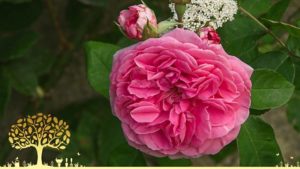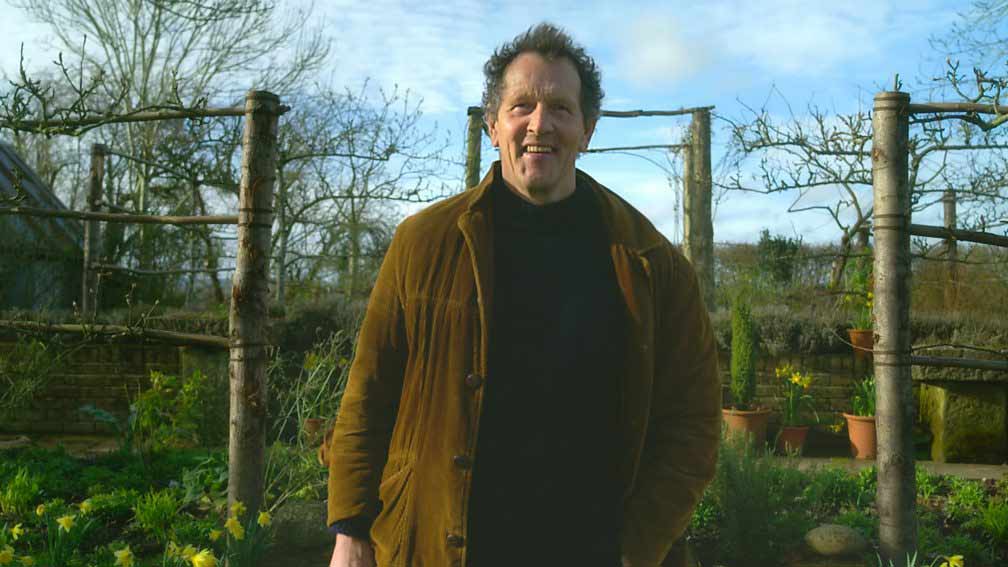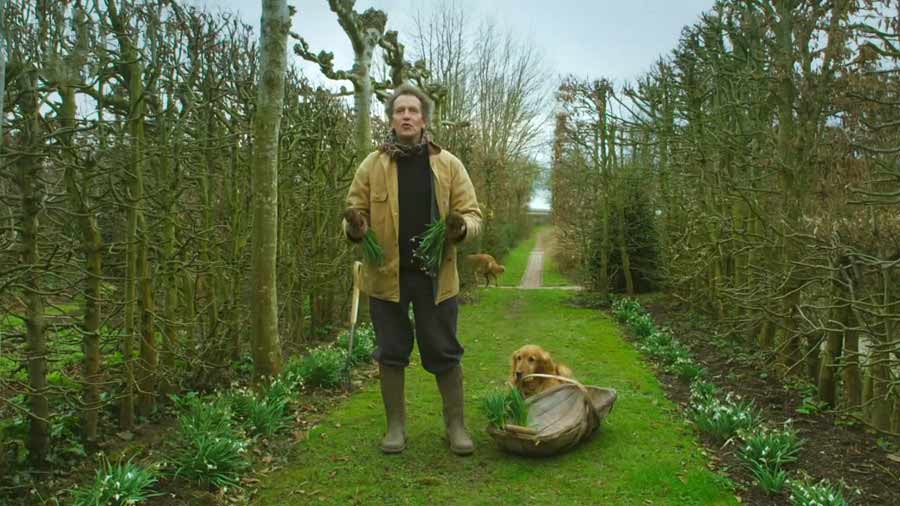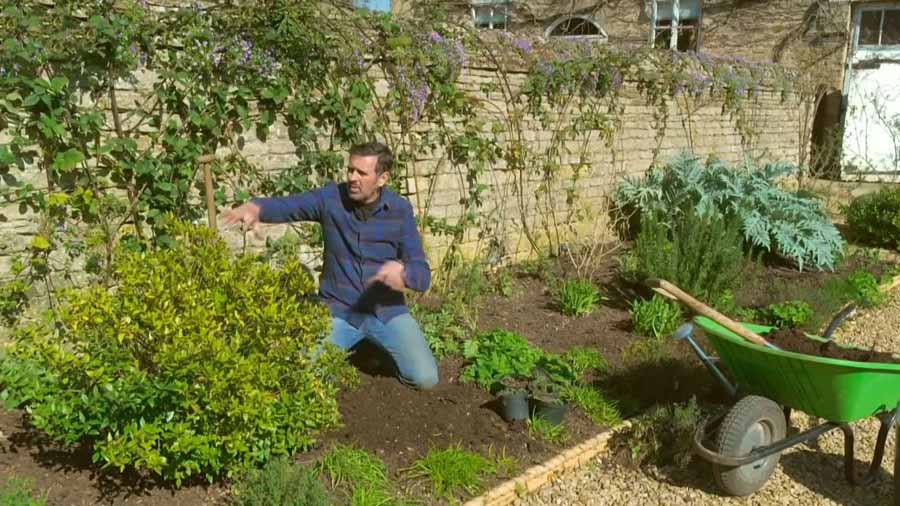Gardeners World episode 22 2020: This week, Adam Frost is at home sharing his love of ornamental grasses, tackling the problem of building a patio on a slope and giving some inspiration on what to plant at the base of a wall.
In Margate, the Gardeners World team visit a man who has come up with a unique way of using a shed roof to grow vegetables, and they travel to Swansea to meet inspirational gardener Sue Kent, who shows how she has designed her garden to enable her to garden successfully despite her upper limb difference.
There is a second chance to see Joe Swift visiting a garden in Devon, where the planting combinations have been inspired by world travel, and in Hampshire, a sea captain explains how he has created a low-maintenance garden using foliage and structural plants.

Gardeners World episode 22 2020
And there are more films from viewers in their own gardens.
Gardeners World episode 22 2020
Ornamental grasses
Ornamental grasses can be used to great effect in our gardens, from providing a calming presence to more exuberant flowering plants to being the only focus of the design. There are grasses for damp or dry soil, shady as well as sunny situations. Many are ideal for gravel gardens, prairie planting, wildlife gardens and are great to add to the cutting garden; others perform well in containers.
Ornamental grasses tolerate a wide range of conditions, but most like an open sunny position in light, moist but well-drained, moderately fertile soil.
They do not need much feeding; this can encourage lush foliage at the expense of flowers. One application of a balanced fertiliser in spring is adequate.
Lupin aphid
First detected in Britain in 1981, the lupin aphid has become widespread in Britain. This large grey aphid can be found on annual and perennial lupins often causing plants to wilt.
Check lupins frequently from spring onwards so action can be taken before a damaging population has developed. When choosing control options you can minimise harm to non-target animals by starting with the methods in the non-pesticide control section. If this is not sufficient to reduce damage to acceptable levels then you may choose to use pesticides. Within this group the shorter persistence pesticides (that are usually certified for organic growing) are likely to be less damaging to non-target wildlife than those with longer persistence and/or systemic action.
Powdery mildews
Powdery mildews are a group of related fungi which attack a wide range of plants, causing a white, dusty coating on leaves, stems and flowers.
Is a fungal disease of the foliage, stems and occasionally flowers and fruit where a superficial fungal growth covers the surface of the plant.
Many common edible and ornamental garden plants are affected including apples, blackcurrants, gooseberries, grapes, crucifers, courgettes, marrows, cucumbers, peas, grasses (the powdery mildew fungi are major pathogens of cereal crops), Acanthus, delphiniums, phlox, many ornamentals in the daisy family, Lonicera (honeysuckle), rhododendrons and azaleas, roses and Quercus robur (English oak).
Powdery mildews usually have narrow host ranges comprising of just a few related plants. For example, the powdery mildew affecting peas is a different species from the one attacking apples.
Gardening on a slope
Few gardens are completely flat but steep banks and slopes pose a particular challenge for most gardeners. Planting them up with the right plants can be a great long term solution.
Thorough preparation and careful planting are particularly important, as soils on banks and steeper slopes are often poor and sandy. Remove all perennial weeds and add well-rotted manure or garden compost where possible.
A suitable soil test will help identify the soil texture and acidity or alkalinity which will influence the range of suitable plants. Acid-loving or ericaceous shrubs grow best in a pH range of 4-6, and ideally pH 5-5.5.
On steeper slopes coarse coconut matting or similar material can be pegged down so that the soil on the slope, temporarily cleared of vegetation, is less likely to wash off. Plant through the matting. As the matting decays, stem-rooting plants should root-in to provide good consolidation.





Where abouts in Devon is the garden that Joe visited?